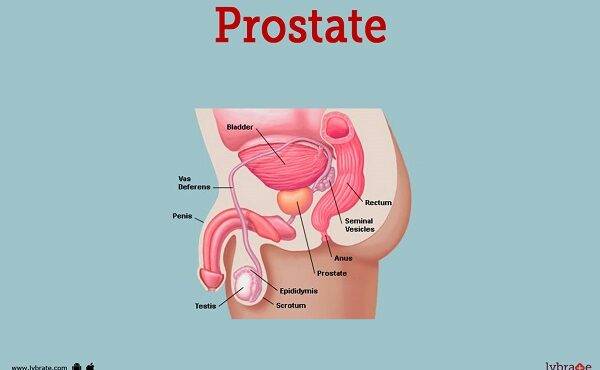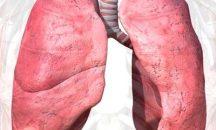The testes suddenly found their voice

A diagram of a prostate
I was discussing prostate cancer with an exciting team recently and I loved the level of engagement. The ladies asked more questions about prostate issues including prostatitis, BPH and prostate cancer than the men did.
A question on testicular cancer caught my attention and I decided to share a few thoughts and guidelines on this generally easy to manage cancer when we find out EARLY – early detection is always key and that makes screening very important.

Just like men have been quiet about the ‘boy-child’ while our ladies do everything to enhance the status of the girl-child, we have also been mute when it comes to our health. Many cancers that occur much more often in women such as breast cancer and others like cervical cancer that occur only in women are quite well known. It is only recently that male cancers such as prostate and testicular cancers have found their voice.
You can detect testicular cancer by doing a monthly (may not be necessary to do a monthly examination but it definitely will not hurt so go ahead if that is what you prefer) testicular self-exam. Such an exam is a way that men can look for signs of cancer of the testicles. To do a self-exam, follow these steps.
Critical Steps:
1. Do the exam after a warm shower or bath. The warmth relaxes the skin of the scrotum, making it easier to feel for anything unusual. If you do not have access to warm water, do it all the same.
2. Use both hands to examine each testicle. Place your index and middle fingers underneath the testicle and your thumbs on top. Roll the testicle between your thumbs and fingers. (It’s normal for testicles to be different sizes.)
3. As you feel the testicle, you may notice a cord-like structure on top and in back of the testicle. This structure is called the epididymis. It stores and transports sperm. Do not confuse it with a lump.
4. Feel for any lumps. Lumps can be pea-size or larger and are often painless. If you notice a lump, contact your doctor. Also check for any change in size, shape, or consistency of the testes.
What are the symptoms of testicular cancer?
• In the majority of cases, people get a swelling or lump in the testicle
• This lump is usually painless.
• However, about 15 out of every 100 men will experience pain or discomfort, often referred to as a ‘dragging’ sensation.
• It is worth remembering that not all testicular lumps are cancer. Cysts and infection are far more common. However, it is important to have all lumps examined by a doctor.
Other symptoms can be a result of metastatic disease (cancer which has spread) and may include: • Backache • Cough or shortness of breath • Swelling of the breast tissue • Weight loss
Do remember to share the message.
AS ALWAYS LAUGH OFTEN, ENSURE HYGIENE, WALK AND PRAY EVERYDAY AND REMEMBER IT’S A PRICELESS GIFT TO KNOW YOUR NUMBERS (blood sugar, blood pressure, blood cholesterol, BMI)
Dr. Kojo Cobba Essel
Health Essentials Ltd/ Mobissel
(dressel@healthessentialsgh.com)
*Dr. Essel is a medical doctor, holds an MBA and is ISSA certified in exercise therapy, fitness nutrition and corrective exercise. He is the author of the award-winning book, ‘Unravelling The Essentials of Health & Wealth.’
Thought for the week – “Most testicular cancers occur between the ages of 15 and 40. However, this cancer can affect males of any age, including infants and elderly men.”
References:
1. www.mayoclinic.com
2. www.webmd.com; testicular cancer
I look forward to interacting with you at The La Palm Royal Beach Hotel Corporate Healthy Lifestyle Programme on Saturday 30th September 2023 at 6am.
Let’s walk, exercise, network and share ideas that will keep us healthy.














